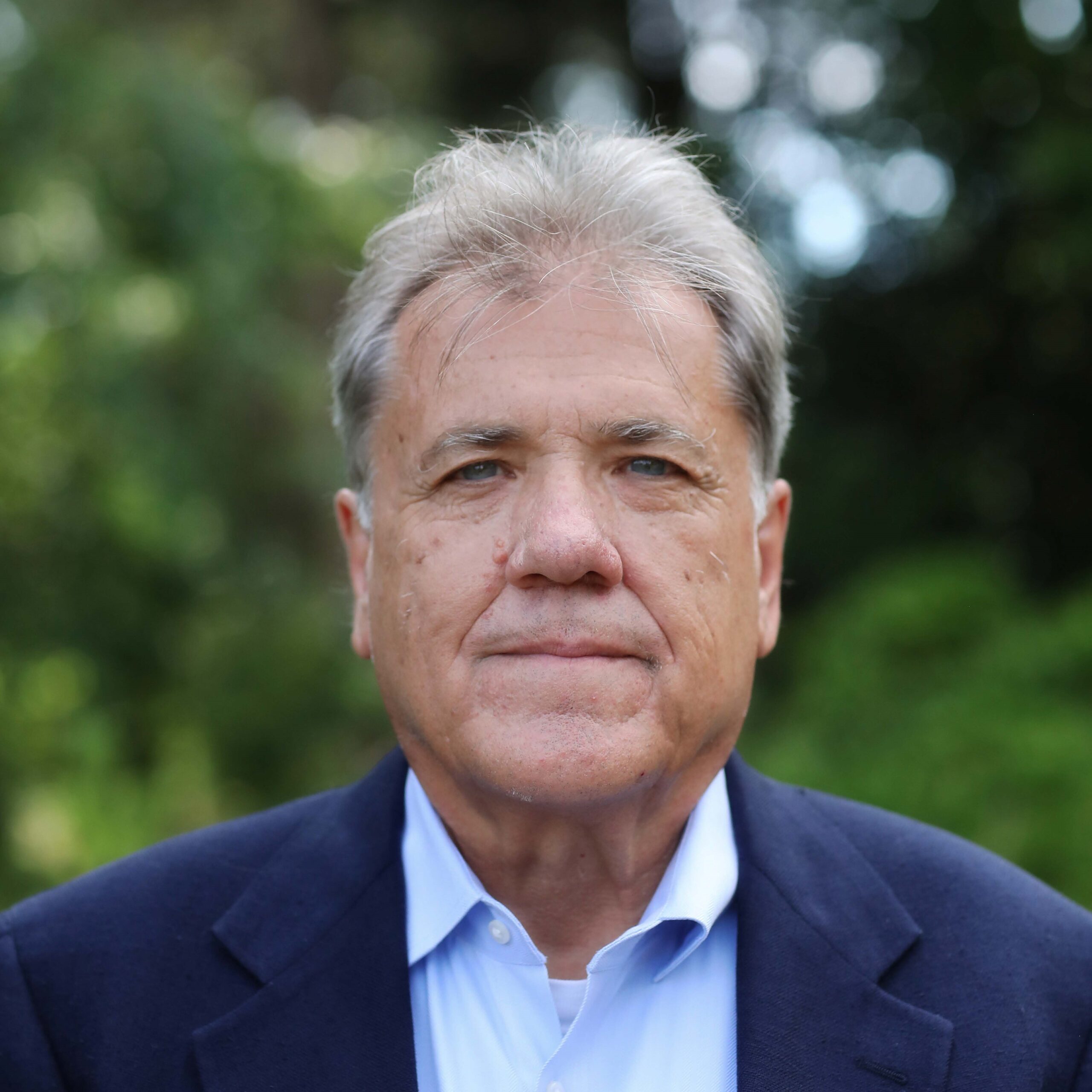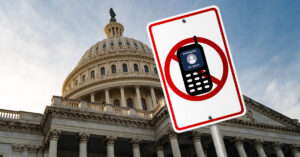Small and midsized mortgage originators and servicers need their issues to be heard and understood in Washington, D.C. The influential players in D.C. — the big banks, the mortgage insurers and even the large independent mortgage banks (IMBs) — are more than adequately represented.
The largest mortgage players have political action committees designed to buy influence along with a horde of lobbyists — and all too often benefit from a revolving door between top federal mortgage positions and the major market players. Smaller financial players, particularly IMBs, need to have a measure of influence and advocacy. Otherwise, what should be a level playing field could become tilted.
Political influence
For example, the Dodd-Frank Act of 2010 established the Consumer Financial Protection Bureau (CFPB). Congress exempted 97% of banks from CFPB supervision and enforcement but made even the tiniest IMB subject to agency oversight (while also being accountable to every state an IMB does business in for compliance with both federal and state consumer-protection rules).
Similarly, in 2008, Congress beefed up mortgage originator licensing requirements by imposing a raft of new rules for IMB loan originators. These include the need to pass an independent background check and a rigorous Secure and Fair Enforcement for Mortgage Licensing (SAFE) Act qualifications test, as well as the completion of 20 hours of prelicensing courses and eight hours of continuing education each year.
Loan originators at banks were exempted from each of these requirements. As a result, the same folks responsible for the Wells Fargo accounts scandal are able to market their institution’s mortgage products through employees that don’t have to pass even the most basic mortgage qualifications test. In fact, even if a bank originator previously failed the SAFE Act test, they don’t have to disclose this fact to their clients.
Through lobbying efforts on behalf of smaller IMBs, former Rep. Spencer Bachus, R-Ala., who drafted the SAFE Act, introduced a transitional-licensing amendment in 2013 that ultimately became law. The amendment allows originators who move from a bank to a nondepository institution, or nonbank, to continue working while obtaining their license.
Before the amendment, IMBs faced an uphill battle to recruit mortgage originators at banks because no one wanted to lose earning power while they took prelicensing courses and the SAFE Act test. Transitional licensing addressed this problem.
The bigger imperative is SAFE Act parity — and the solution is simple. Dodd-Frank requires that all loan originators must be qualified. So, the CFPB can and should require all bank-based loan originators to pass the test and an independent background check, and to complete the annual continuing education requirements. With bank opposition, it will take a broad-based effort in the nation’s capital to get this pro-consumer policy adopted.
Critical advocacy
Sometimes the fault lines are not drawn between banks and nonbanks but between larger lenders and smaller lenders. Here, concerted efforts by a coalition of smaller lending groups has had a real impact in the fight for guarantee-fee parity and equitable access to loans through the government-sponsored enterprises (GSEs). Issuers of mortgage-backed securities charge these “g-fees” to lenders for the creation, servicing and reporting of a security.
In the era prior to the housing crisis and Great Recession, Fannie Mae and Freddie Mac gave pricing discounts to large, risky lenders — including Countrywide and Washington Mutual. Previous directors of the Federal Housing Finance Agency (FHFA) pursued a policy of g-fee parity, making the fees being charged the same regardless of the size of the financial institution. Efforts by small-lender trade groups supported the U.S. Department of the Treasury’s proposal to make this permanent as part of changes to the GSEs’ Preferred Stock Purchase Agreement, which became a reality in January of this year.
Several years ago, the largest U.S. banks waged a campaign to get Congress to grant new GSE charters to vertically integrated megabanks, so that they could use their dominance in secondary markets to gain an unfair advantage in primary mortgage markets. Nationwide small-lender groups vigorously opposed this effort in testimony before the Senate banking committee in 2017, which was pivotal in killing this anti-consumer effort.
Similar fault lines exist in loan servicing. Whether it is Ginnie Mae, the GSEs or the Conference of State Bank Supervisors (CSBS), it is the largest servicers that pose the vast majority of financial and systemic risk. Therefore, these agencies’ financial and supervision requirements should reflect this fact. Smaller servicers need to vigorously make this case to regulators when proposals are floated.
Another critical advocacy priority is to defend federal-agency mortgage programs, which are essential for IMBs. That’s why IMBs took the lead in 2015 by lobbying Congress for a 50-basis point cut to annual mortgage insurance premiums through the Federal Housing Administration (FHA). Ultimately, this proposal was adopted, and it proved to be a boon for affordability and for FHA’s finances.
The same is true with the GSEs. A number of banks and real estate investment trusts would like nothing more than to shrink Fannie Mae and Freddie Mac. IMBs need to explain the critical role these federal-agency mortgage programs play, and push back against proposals that seek to shrink the FHA or the GSEs. These proposals are rooted in a flawed kind of “Field of Dreams” argument, whereby the Wall Street banks that abandoned mortgage lending over the past decade will magically step in to fill an access-to-credit gap caused by the shrinking of agency loan originations.
Vital role
Lastly, a disturbing trend in recent years has been the campaign — pushed by think tanks like the Brookings Institution and silently backed by market competitors — to spread the myth that IMBs are the next major financial risk to face the nation. The risk is small and is likely overstated.
The simple truth is that IMBs have a great story to tell. These companies have witnessed phenomenal growth over the past decade. Many banks exited mortgage markets, reduced their lending activities or used credit overlays, shifting their emphasis to the cross-selling of other lucrative products to well-heeled clients. IMBs picked up the slack by facilitating access to mortgage credit — particularly for minorities, underserved borrowers and first-time homebuyers.
The IMB market share of FHA loans rose from 57% to 90% between 2010 and 2020 while IMB issuance of Ginnie Mae securities skyrocketed from 12% to 87%, according to a report from the Community Home Lenders Association (CHLA). Housing organizations such as the Urban Institute and the Greenlining Institute have documented, through a myriad of statistics, the fact that IMBs do a better job of mortgage lending to minorities, to underserved borrowers, and to borrowers with lower FICO scores or higher loan-to-value ratios.
Smaller banks have their own national association — the Independent Community Bankers of America — that educates federal officials about smaller banks and advocates for their interests. IMBs should have one, too. That’s why CHLA was formed.
The IMB model works well for consumers by offering more mortgage choices, more focus on underserved borrowers and more personalized service. This model needs a strong defense in Washington, D.C., to make sure consumers continue to have the benefits that IMBs provide. ●
Author
-

Scott Olson is executive director of the Community Home Lenders of America (CHLA). CHLA is the only national association exclusively representing independent mortgage bankers and is comprised of small and midsized community-oriented mortgage lenders and servicers.
View all posts






